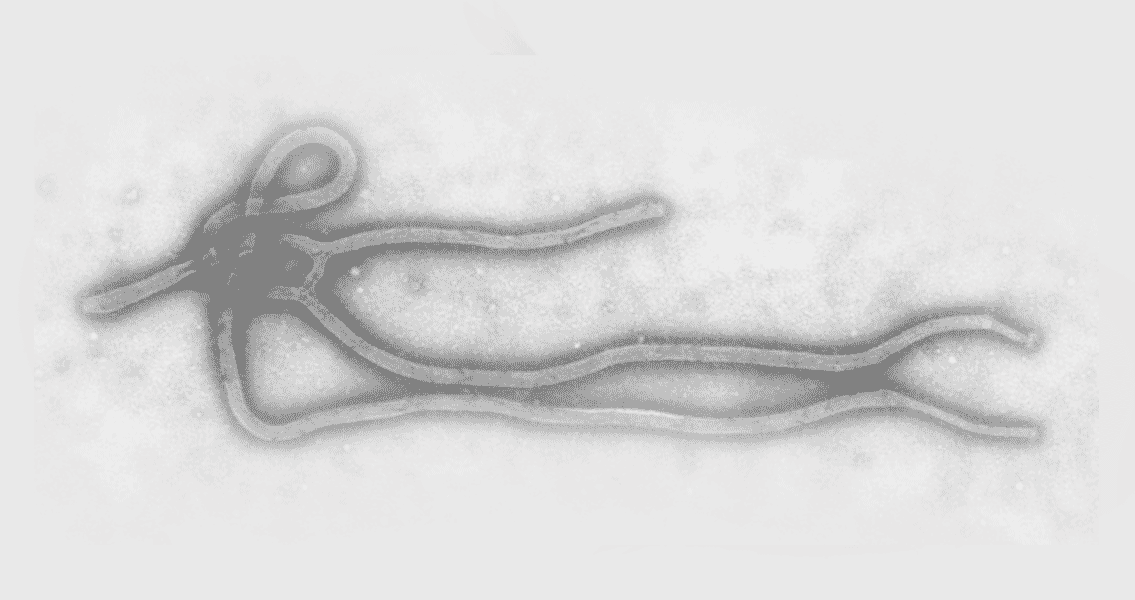<![CDATA[The recent outbreak of the Ebola Virus has understandably dominated the media for much of the last few months. Just this week it has been reported that a doctor in New York has tested positive for the virus, after returning from charity work in Guinea. The disease has been devastating African countries since March, killing over 4,800 people, however, the recent spread of the virus to parts of Europe and the US has created a growing sense of panic. Our understanding of contagious disease is crucial in the treatment and containment of the deadly virus. This sophisticated knowledge is something that has developed slowly over hundreds of years, as pioneering scientists have expanded our understanding of infection and contamination. In this period the treatment of illness has moved away from superstition and religious practices to clear scientific principles. Girolamo Fracastoro was the crucial starting point for the modern methods of disease control and prevention. In the sixteenth century the Italian physician applied the idea of atomism to medicine. In 1546 he argued that epidemics were caused by the transfer of tiny particles or spores, through either direct or indirect physical contact. Fracastoro was a pioneer for providing an explanation for the spread of disease that was independent from theology. The popular consensus at this time was that epidemics were a divine punishment for mankind's sins. Just over a century later, the work of Antonie van Leeuwenhoek provided a means to frame the germ theory that was postulated by Fracastoro. Although a textile merchant by trade, van Leeuwenhoek became the founder of microbiology. Throughout his life he had used microscopes to analyse the property of various materials. When closely observing water in 1676, he noticed the presence of tiny organisms inside - the first sighting of bacteria. He reported his discovery to the Royal Society in London, who despite initial scepticism confirmed the findings when Robert Hooke repeated the experiment. An awareness of bacteria was pivotal in the later refinement of ideas about contagion and infection. Despite van Leeuwenhoek's work, the miasma theory was still dominant in epidemiology right up until the nineteenth century. The miasma theory argued that diseases such as Cholera, Chlamydia and the Bubonic Plague were spread by 'bad air'. Two scientists, John Snow and William Budd, both did significant studies on the nature of diseases that successfully proved that they were contagious and spread from person to person. In 1854, Snow managed to isolate the source of a cholera outbreak in London to a water pump in Soho. By cleaning the pump and changing its handle, the number of cases of infection began to fall. Germ theory finally achieved mainstream acceptance with the work of Louis Pasteur. He deduced that bacteria were responsible for the souring of beer, wine and milk. He later concluded that bacteria originated from the environment, rather than spontaneously forming inside an organism. His findings were accepted by the French Academy of Sciences in 1864. These discoveries convinced him that germ theory was the correct explanation for the spread of diseases such as cholera, rabies and smallpox. From this he began his most important work, the development of a vaccine for rabies. In 1892 Dmitri Ivanovsky published an article describing a non-bacterial pathogen infecting tobacco plants. This was later defined by Martinus Beijerinck in 1898, with his discovery of the tobacco mosaic virus. Virology thus became a fundamental link in the development of ideas about epidemics, establishing the origins of a variety of diseases that had no clear causative agent, such as rabies and Ebola. The spread of Ebola is both tragic and terrifying. The continued work of scientists throughout history however, means that at least we understand better than ever before the causes of such diseases, and the means by which a cure could be found. ]]>
Ebola and a History of Understanding Epidemics
